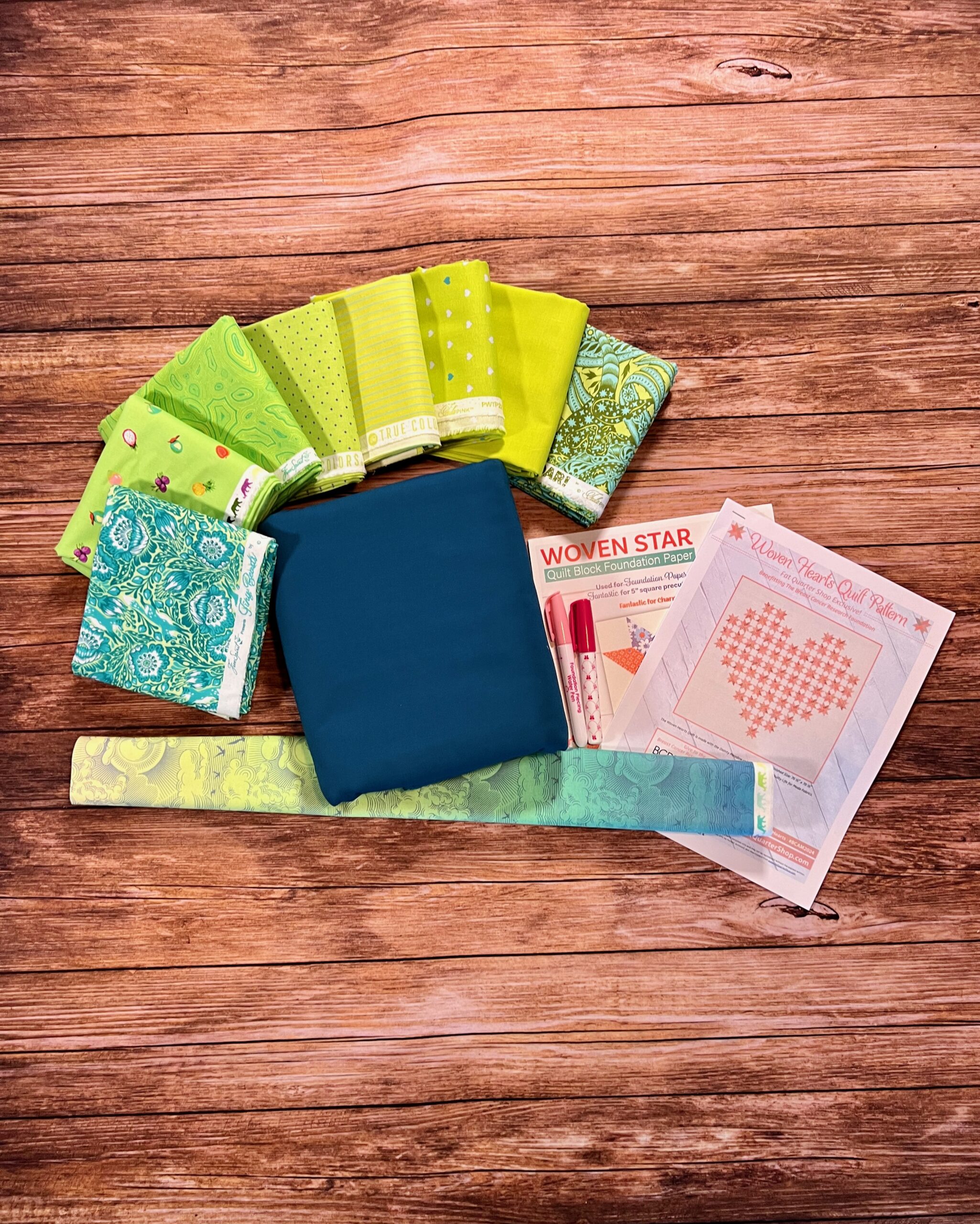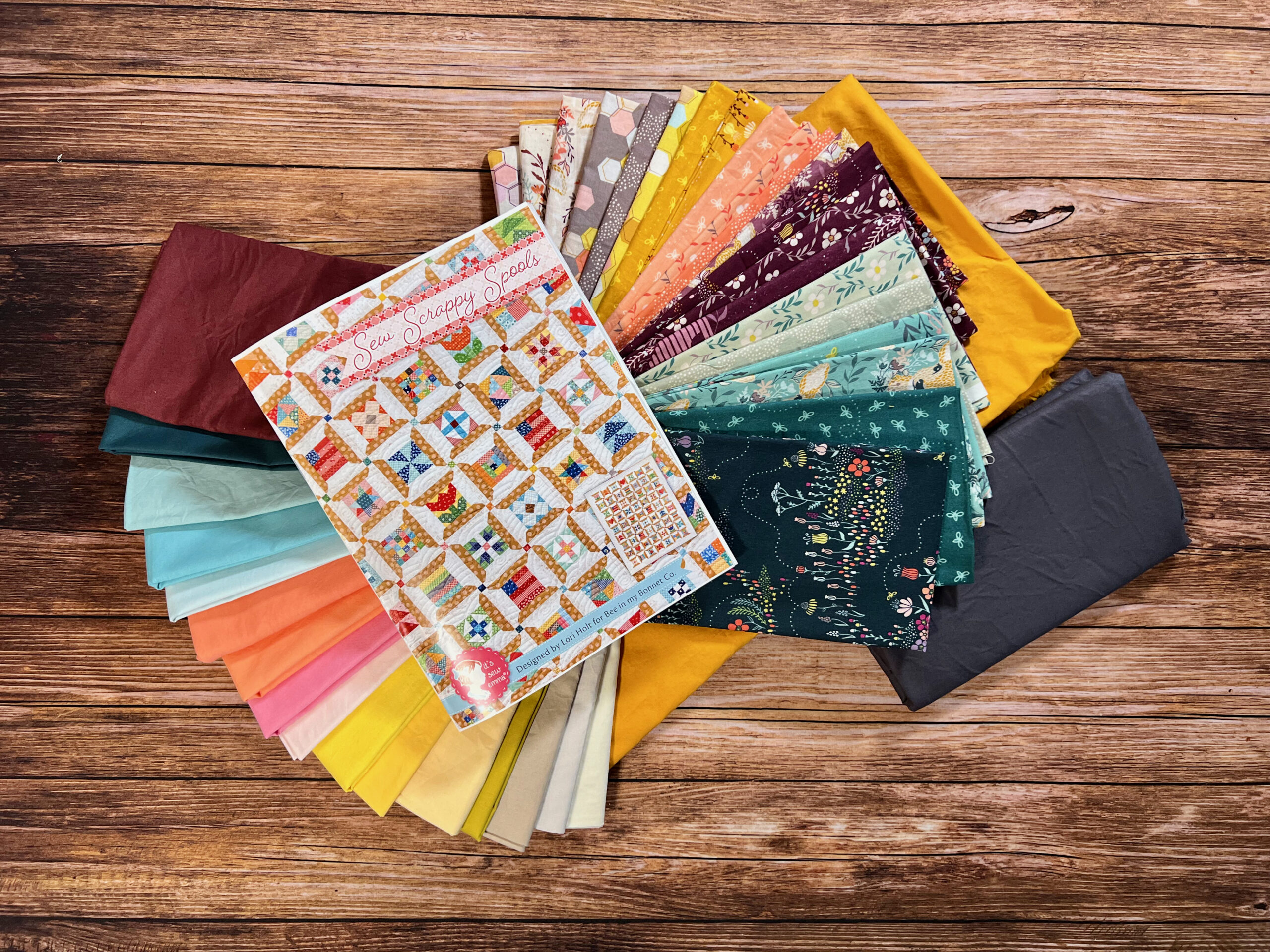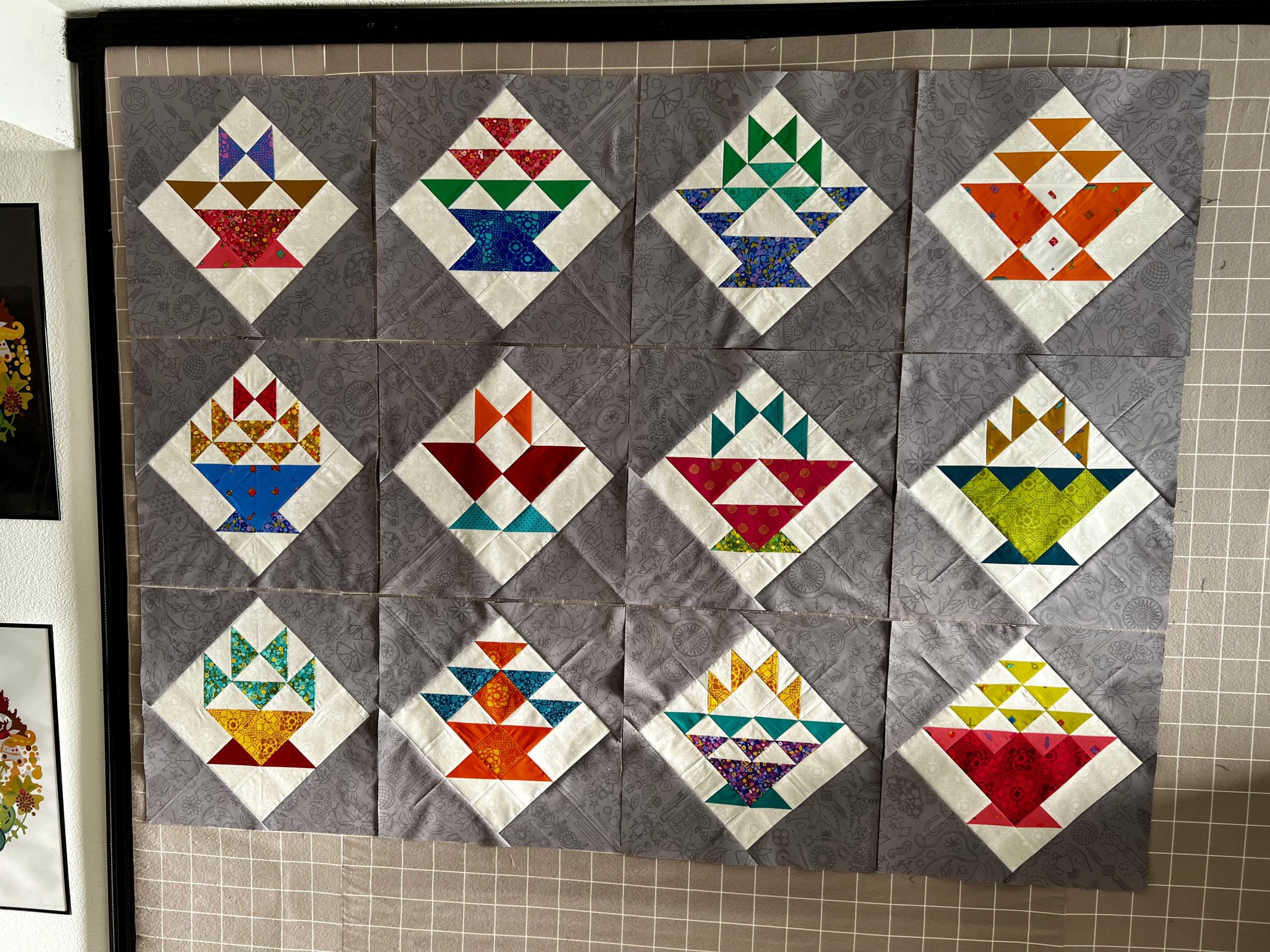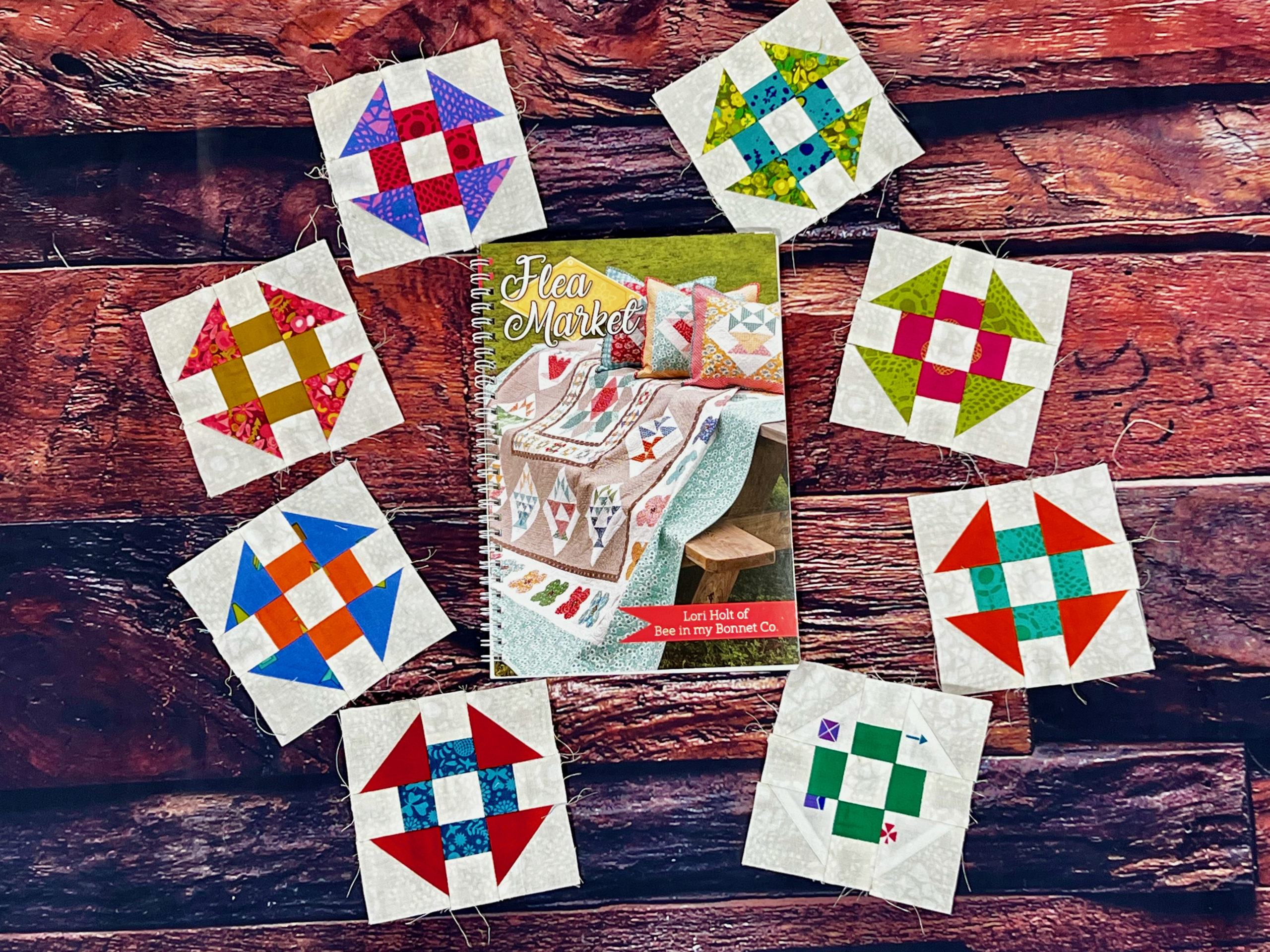Walk thru— 5 Min Read
Koala Chair Comeback
Koala Chair Comeback
Where to begin?!
I bought this chair to match the wood of my Koala sewing cabinet, about 20 years ago. Both have held up very well over the years. Four kids and several pets later, my chair was badly in need of TLC.
The chair itself was still in great condition, however, I never really loved the dark green color fabric. There weren’t may very exciting fabric color choices when I chose my chair and even today I still see a very limited range of fabric selections for the newer versions of these chairs.
As my interest in quilting and bag making shifted into more of an obsession, I decided to move to a home where I would have a much larger sewing studio/office. Since I challenged myself to create my first window treatment on a traverse rod, I knew that the time had come to recover my stained chair.
I decided to use some of the fabric I used on the window treatment, but didn’t want to cover the entire chair with this same fabric. Luckily I still had some leftover gray velvet from a previous re-upholstery project.
The first dilemma was how to start stripping the chair down.
Before Photos
Stripping Down
After analyzing the construction of the chair, I felt the best place to start disassembly was to separate the chair seat from the chair back and removing the base (the part with the wheels and lift lever). This was pretty straight forward, just removing 8 screws.
The only way to get into the back appeared to be to pry the two upholstered pieces apart. I inserted a flat-head screwdriver and gently turned it to see if the two pieces could be separated and found that they were joined together using several small brad nails. I ran the screwdriver along the edges and separated the pieces, taking care not to bend the brads (or scratch myself on them).
After separating the back pieces, I then removed the bracket which was encased between the two pieces, by removing the four screws attaching the metal piece.
Removing Staples
To access the bottom, I had to start by removing the dust cover. I used an upholstery staple remover (and lots of patience) to remove all the staples from both the dust cover and the seat bottom piece. I decided that I would leave the original fabric on the back pieces and just cover over them. Since the seat bottom had been stained, I wanted to remove this fabric.

Repadding and Recovering
After removing the fabric from the seat bottom, I dusted off the foam and covered it with muslin since it was deteriorating a bit. To do this, I just placed the seat top down over the muslin, then stretched it over the edges firmly, stapling it to the underside and then trimming away all the extra muslin.
I sprayed the top of the muslin with foam adhesive spray and attached a 1″ thick piece of high-density foam over the muslin, ensuring the edges of the foam are slightly shorter than the seat when wrapped around the edge, then trimming away the excess foam.
I then used a piece of wool batting to wrap firmly around the foam, so that the surface of the seat is smooth. The wool was wrapped around and stapled to the underside of the seat cushion. I trimmed all fabric underneath, making sure to keep screw holes uncovered and staple free.
I added the same 1″ high-density foam to the chair back (front piece only). All pieces had wool batting added as the final layer before adding the decorative fabric.
Recovering
I stapled the decorator fabric to all pieces, covering each and firmly stretching the fabric (without distorting it). I staple each side first, then firmly pull and staple all around.
When dealing with the seat back piece with the brads sticking out, I just stretched the wool and decorative fabric over them and worked the brads through the wool/fabric, so they were sticking out again. I tested placing the pieces back together, but I know I won’t be able to hammer them back together since the brads don’t have pointed ends to allow them to poke through the new decorator fabric.
The seat bottom originally included welting (cording or piping in apparel), so I wanted to add this decorative element as well. So I created cording from the print I was using for the seat back.
After stapling the decorator fabric to the seat bottom, I stapled the welting evenly along the edge, then stapled the dust cover on top to finish out the seat bottom.
Re-assemble and Finish
With all pieces recovered, I reassembled the chair by adding the metal bracket and bottom (with casters and lift) using the screws I removed originally.
After adding the metal brackets, I needed to attach the two seat back pieces together.
Since I could not hammer the seat back pieces back together, I used 4 long black wood screws (at least 2″) in each corner of the seat back. The screws must go through the unpadded back piece (the one you won’t be leaning against when you sit down). I planned each screw hole and added Fray Check to the fabric, since I was going to be drilling holes through it. The screws worked beautifully and are not at all noticeable, thanks to the print I used for the seat back.
Conclusion
In the end, I learned even more about upholstery, but most of all I was able to give new life to a chair that was an investment but was also a part of my sewing journey.


























